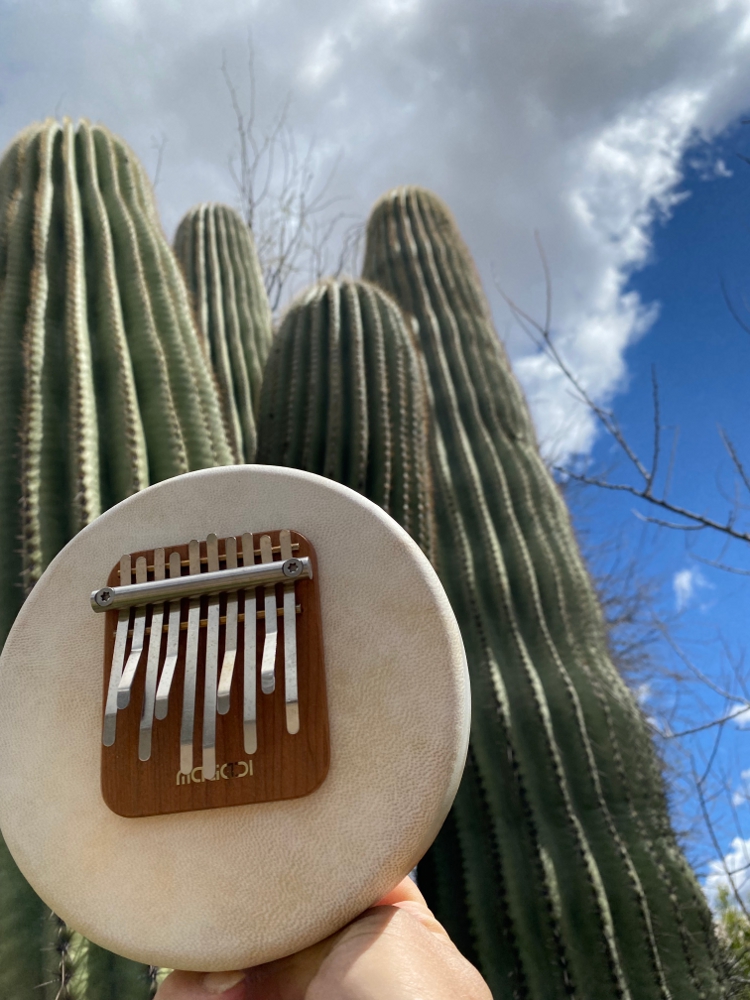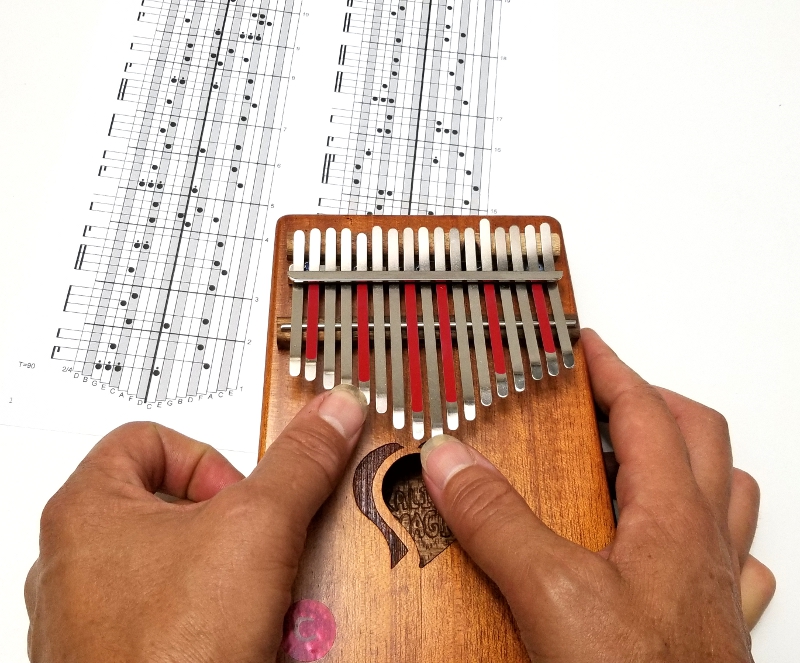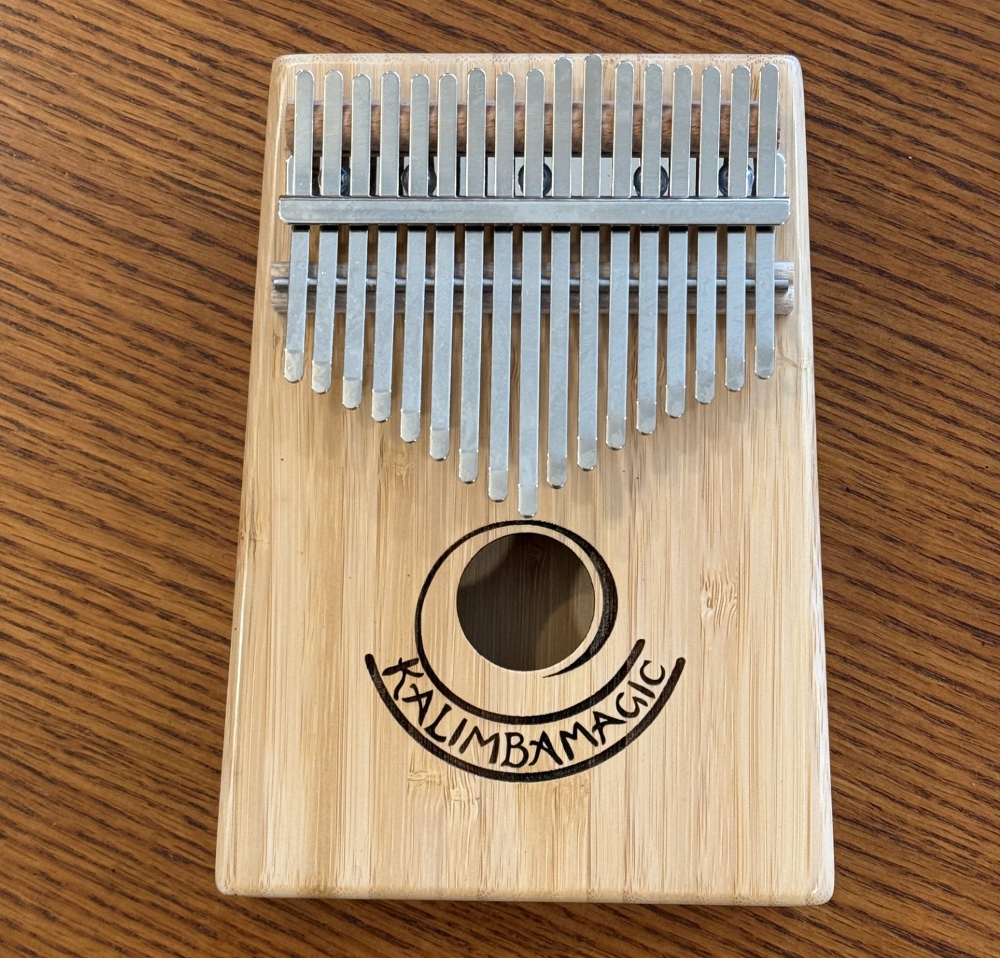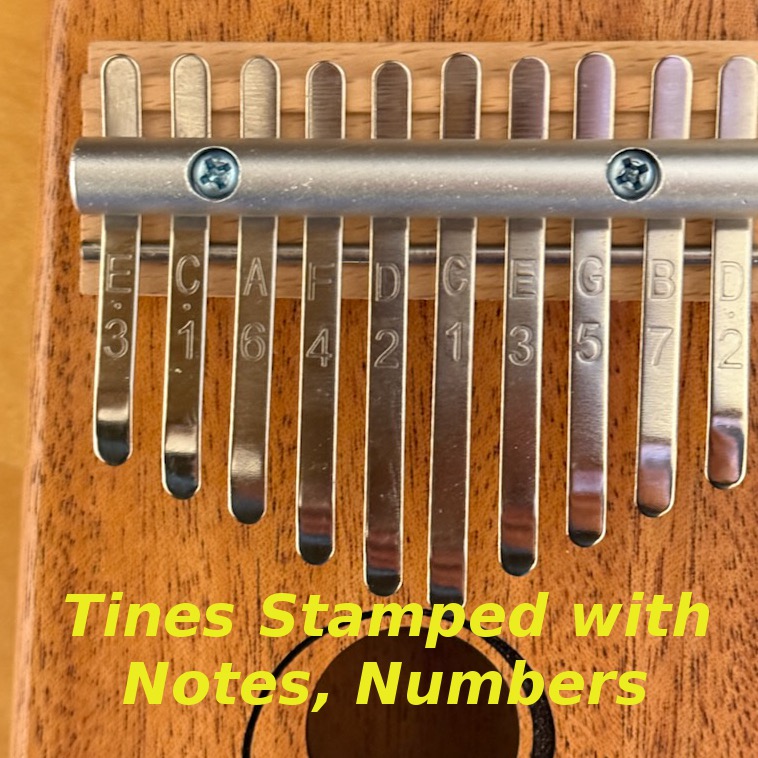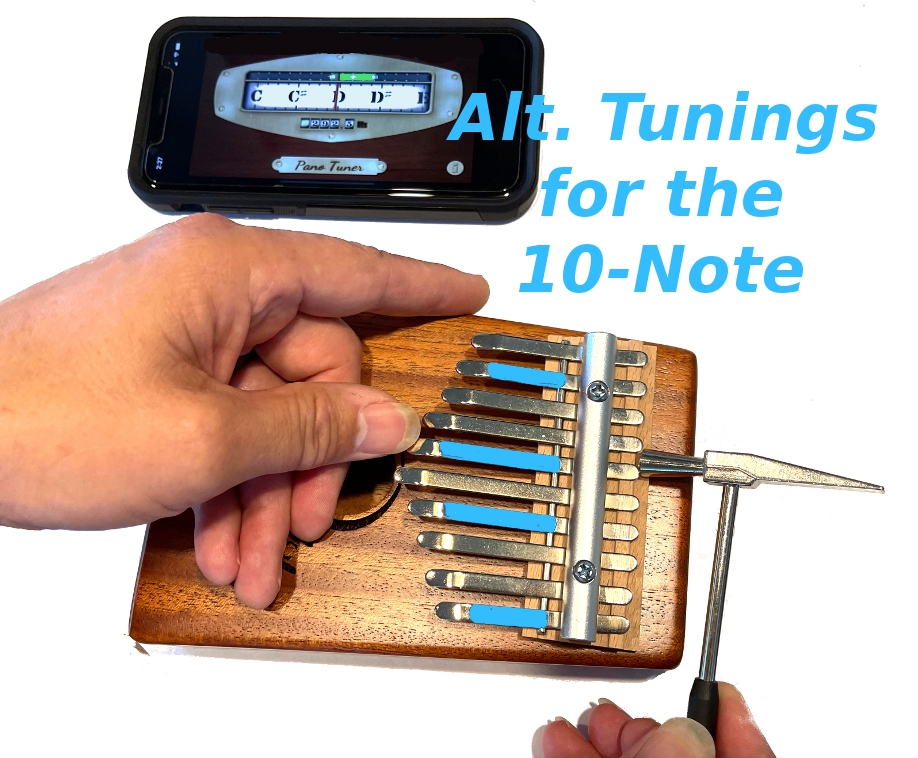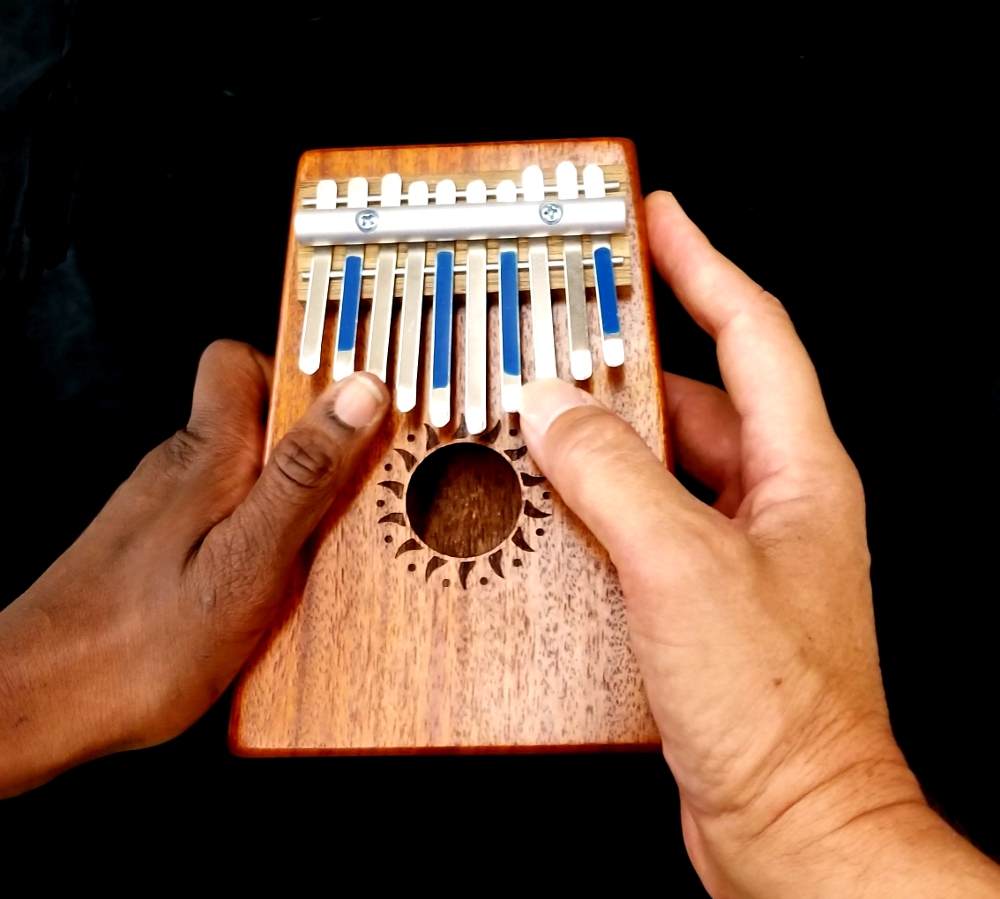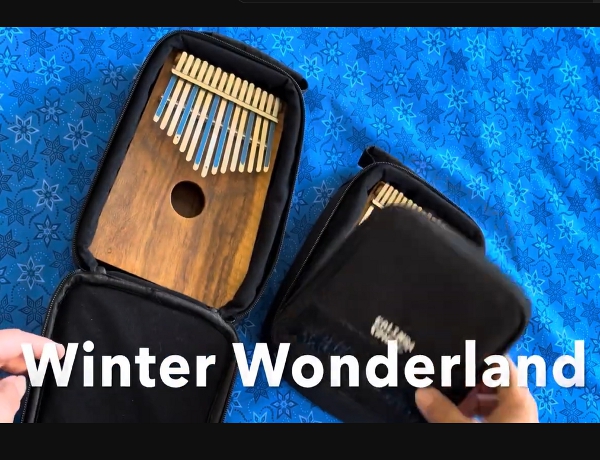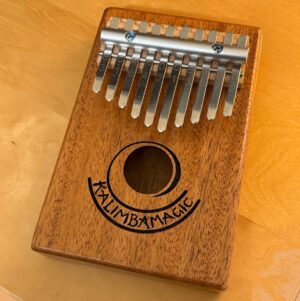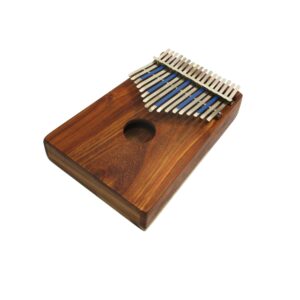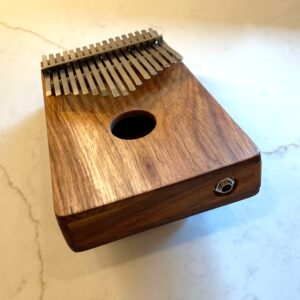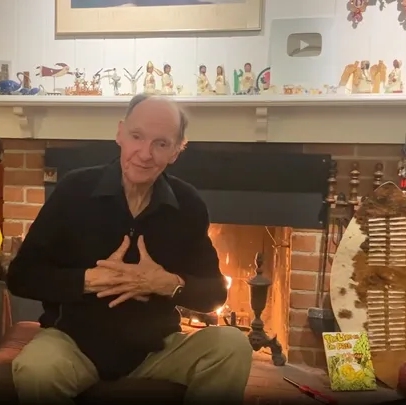
Assist Paul Tracey Rebuild His House in Pacific Palisades
Here is the Go Fund Me page for Paul and Sue Tracey. Paul Tracey is the surviving son of Hugh Tracey, the man who brought the world the “Hugh Tracey Kalimba” starting in 1954. I met Paul in November 2005 when I started Kalimba Magic. We split an order of kalimbas. I flew out to LA, rented a car, and met Paul at the Airport, where we loaded the kalimba cargo into our respective vehicles. I saw right away that his car had the California plate “KALIMBA”. Apparently, both he and Maurice White applied for the “KALIMBA” plate in California in the same year – lets say 1971 or 1972,

